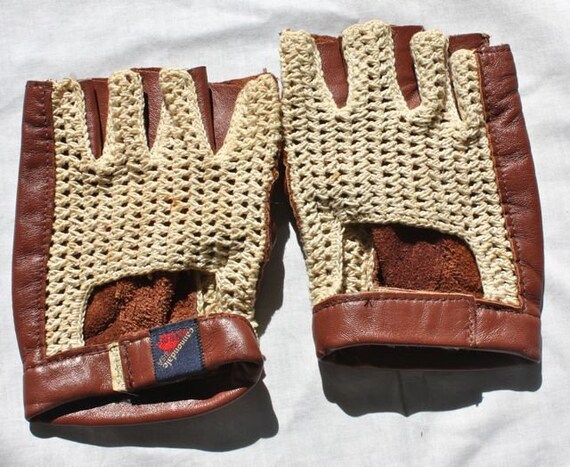If you are a cyclist in, ahem, late midlife, you remember the “drillium” craze of the 1970s and early 1980s. Some component manufacturers offered “holey” stuff—usually chainrings (which sometimes looked quite nice, especially if they were black and the holes were silver) and other non-weight bearing parts. Most manufacturers, however, advised against customers drilling at home: They claimed that their parts were already as light as they could be without compromising safety.
The “drillium” craze also included fluting and slotting parts like brake levers, stems and seatposts. Then there is this Zeus crankset, which I recently saw on Craigslist:
During the time this crankset was made, one of the ways Zeus tried to appeal to racers and weight weenies was by offering stuff that was “lighter than Campy.” (They were one of the first manufacturers to use titanium.) To me, this crankset represents the heights or depths, depending on your point of view, of “drillium,” just as some listeners will say that Pink Floyd’s “The Wall,” which came out at around the same time, highlights the best or worst things about progressive rock.

























